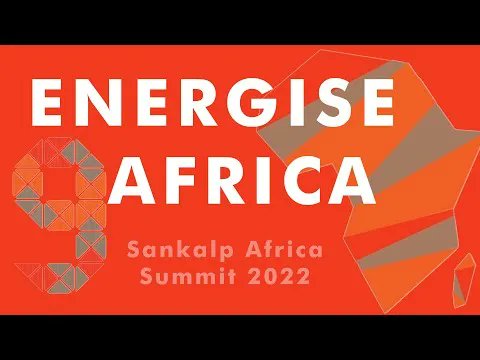Blended Finance Shows Way Forward for Scaling Climate Solutions

Subject
Events
Country
Publication Date
2022-03-10
Partnership
About
Rapidly scaling climate solutions in emerging economies is a pathway to a better future for people and the planet. Blended finance can progress that goal because of the role it plays in mitigating the risk of these solutions. This and other innovative approaches to funding were part of the Blended Finance Roundtable hosted by Energise Africa and Ethex at the Sankalp Africa Summit. P4G’s Director of Investments Sarbinder Singh spoke at the event.
Claire Njoki, Associate at Convergence, kicked off the panel with a presentation about the recent increase in blended finance for climate, especially as funding is increasingly addressing adaptation, in addition to the traditional focus on mitigation. As organizations design processes to streamline financing, Njoki cautioned against reinventing the wheel. Rather than trying to establish complex structures that will be difficult for investors to understand, we should be thinking about how to replicate and scale existing models while customizing implementation to each region’s unique conditions. That’s why funding is needed early on to support the design and structure of transactions to mitigate risk – what Convergence calls “design funding.”
With estimates that we’ll need $40 billion per year to ensure universal energy access by 2030, it’s clear that public sector money alone will not lead the world to achieve Sustainable Development Goal 7: Affordable and Clean Energy for All – the private sector must play a role. Jon Lane, Associate Director at the Carbon Trust, shared Transforming Energy Access (TEA)’s approach to leveraging private financing to increase inclusive access to energy. This involves co-financing at the project level where they have 50% of cost share to ensure private sector buy-in (although TEA offers 75% of the financing if it’s an African-owned business). TEA also emphasizes being a patient equity investor, where they can support pioneering companies to get the sector moving and then crowd in private investment. Lane also noted how Energise Africa offers a prime example of how market-enabling platforms can deliver on the promise of blended finance by really catalyzing investment that attracts the private sector.
Sarbinder Singh, P4G’s Director of Investments, shared P4G’s approach to providing catalytic grant funding and acceleration support to our partnerships, helping them refine and strengthen their business models to be ready for institutional investment. P4G helps mitigate some of that up front risk with up to $1 million in grants, with the hope that mature partnerships can attract a few million more from DFIs or patient capital. That’s where the blending comes in – partnerships have demonstrated the efficacy of their approach, but they need an extra leap to transition to financial close and P4G helps them across. By working with projects in different stages, we start to see a “finance continuum” emerge where organizations develop to achieve more financial sustainability and greater impact.
Sharing the perspective of Energise Africa, Product Innovation Manager Shahid Mian shared Energise Africa’s approach to raising money from risk-tolerant personal investors in the UK to fund solar PayGo companies in Africa. Recipient companies tend to be younger, less mature businesses with low collateral, so they find it difficult to raise money in the local commercial ecosystem. Energise Africa has found how a crowdlending channel can contribute significantly to bridging the SDG funding gap, while providing investors with a transparent understanding of their returns. Going forward, blended finance will be key to scaling and diversifying through offering investment options in other currencies, such as USD, and expanding into new sectors and geographies.
The event also included breakout discussions to explore strategies for organizations working on funding climate solutions in developing countries. With a focus on innovative blended finance approaches to de-risk emerging market investments, Singh, Ashford and Lane led a frank discussion about the need for public and philanthropic funding to have a higher appetite for risk and come in where others cannot. As Jon Lane noted, “we celebrate success and condemn failure, but if we’re supposed to take higher risks, failure is a part of that.” Participants also noted the need to focus more on supporting diverse entrepreneurs and incorporating flexibility in funding.
Other breakouts focused on developing patient and affordable currency, where a fair price needs to reflect risk and more initiatives need to enable borrowers to deal in local currencies.
As Claire Njoki noted, “we need to be more nimble, flexible, and daring enough to provide solutions.”
